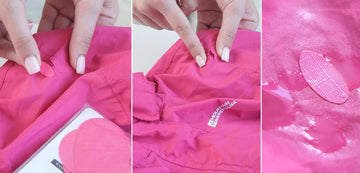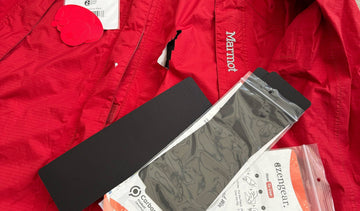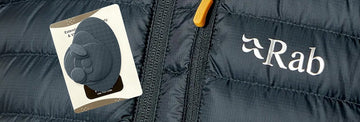7 Myths and Facts About Compression Socks and Stockings
by Emily Jannet on May 31, 2022
From aesthetics the functionality, there’s a surprising array of myths and misconceptions surrounding compression socks.
If you’ve ever read into any of the following, the truths behind these common misunderstandings could prove enlightening:
-
Compression Socks Are Primarily for Older People
First up, compression socks are often associated with the elderly, due to their use as an effective measure to combat circulation problems such as deep vein thrombosis. However, compression socks can also be useful for pregnant women, athletes looking to maximise their performance capabilities, and even employees who spend long shifts standing up. Compression socks can therefore be surprisingly versatile in their applications.
-
You Should Always Seek Medical Advice Before Using Compression Socks
This is not always the case, as it depends entirely on the reason you are planning to use compression socks. In addition, the compression socks that are sold commercially (without prescription) have a much lower compression level than true medical compression socks. Hence, there is no need to seek medical advice before using sports compression socks purely for athletic purposes, for example. That said, anyone with questions or concerns regarding the use of compression socks should raise them with their doctor, before wearing them.
-
Compression Socks Adversely Affect Blood Circulation
The compression effect of compression socks and stockings is often wrongly assumed to have an adverse effect on blood circulation. In reality, compression socks are designed specifically to support and enhance blood circulation - not to restrict it. Circulatory issues can only occur when the wrong types of compression socks are used for the wrong purposes, but this typically only applies to medical-grade compression socks with a high compression level.
-
Compression Socks Are Not Suitable for Use in the Summer
This myth stems from the fact that some types of rudimentary compression socks are manufactured from materials that are overly thick and non-breathable. Though this doesn’t technically render them unsuitable for use in the summer, they can nonetheless become uncomfortable. However, advanced compression socks and stockings - such as athletic compression socks for running - are manufactured from much more technologically sophisticated materials. Engineered to wick away sweat, they can actually assist in keeping the wearer cool and dry during the warmer months of the year.
-
Most Compression Socks Are Uncomfortable to Wear
There’s little to no logic to this particular assumption, given how compression socks are precision engineered to maximise comfort. Compression socks that apply just the right amount of pressure to the muscles support the body’s performance during exercise, and can help prevent aches, pains and discomfort. Where compression socks are uncomfortable, it’s either because they’re not the right compression socks for you, or that they’re of a low-quality standard.
Product Spotlight:
Compression Socks for Men & Women (20-30 mmHg / Class 2)
- ERGONOMIC FIT & TRUE GRADUATED COMPRESSION - protect from cramps, reduce leg swelling & fatigue, improve blood circulation & muscle recovery
- ANTI-DVT FLIGHT SOCKS - keep your skin healthy, prevent from odours & allergies
- DOUBLE-STITCHED WITH SEAMLESS TOE - machine washable fabric (65% nylon, 20% elastane, 15% lycra); perfect for high intensity activities or long-term wear
- CUSHIONED & BREATHABLE CALF PRESSURE SUPPORT - prevent blisters & provide extra comfort at the toes, heel, sole of foot & achilles tendon
-
High-Quality Compression Socks Are Too Expensive
As the use of compression socks by athletes becomes more commonplace, costs are being driven ever downwards. Today, it’s perfectly possible to pick up a pair of cutting-edge athletic compression socks of the highest quality for less than £15. High-end compression socks may once have been expensive, but are now comprehensively affordable, with options available to suit all budgets.
-
Only Professional Runners Can Benefit from Compression Socks
Last up, athletic compression socks are designed to apply just the right amount of pressure to maximise blood circulation efficiency and boost muscle function. Consequently, they are suitable for anyone looking to improve their athletic performance and insurance - not only professional runners. From the world’s most successful runners to first-time joggers, quality compression socks can help anyone perform at their best.






